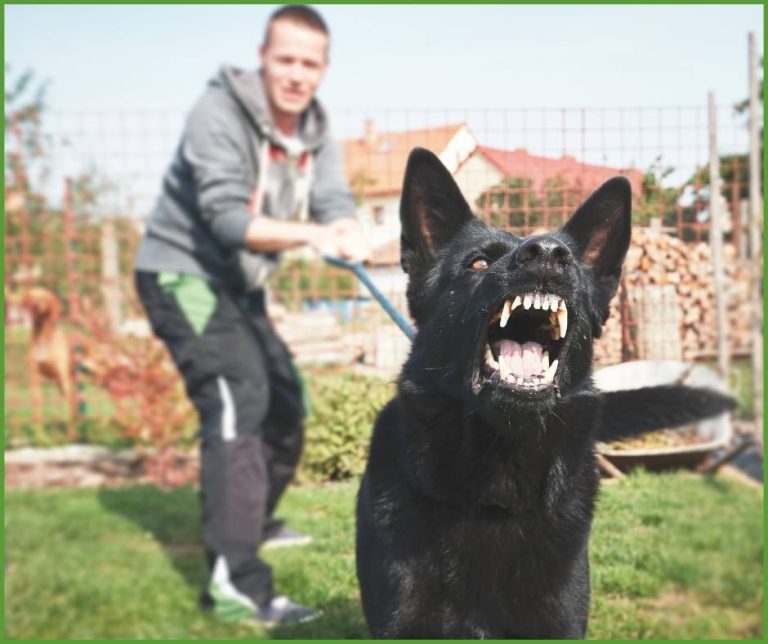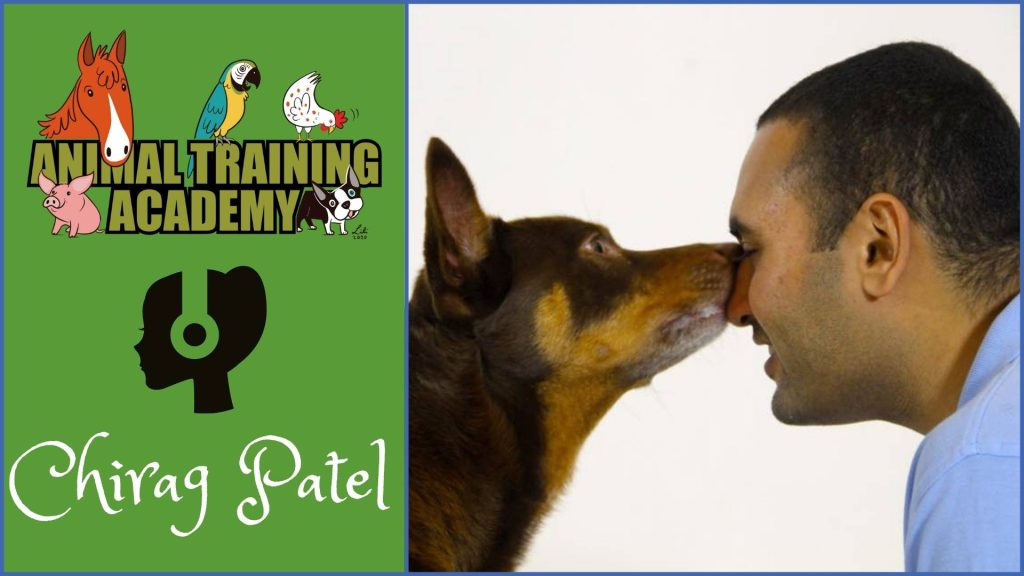[Animal Training Consults] Ideas for working with your human learners...
This story is based on real events *
I’ve been recently working with a client/human learner and their dog named Max. Max exhibits behaviors one might label as “reactive”. This reactivity happens in the presence of other male dogs and at a certain distance. Some of the behaviours we observed were:
- Lunging
- Growling
- Barking
- Attentive/focused gaze
- Stiffness
- Head held high
- Muscle tension
- Lip lick
- Turning head away

This particular human learner worked with another trainer before me which seemingly contributed to him forming opinions about his dog’s behavior. A couple of times he said things like “Max doesn’t listen to me – he doesn’t respect me”. I considered engaging in a discussion about this – however, instead I decided to show him a few “focus on me” games and share Leslie McDevitt’s awesome 1-2-3 pattern game.
We also focused heavily on assessing the distance the other dog could be before we saw some of the overt behaviours listed earlier. Additionally, we’ve been learning to focus on some of Max’s more subtle behaviours he does before he resorts to lunging, growling or barking. Consequently the second session went amazing! Max demonstrated much more attentiveness and as a team they started to developed nice strategies in case another dog needed to pass them by in close proximity!
During the third consult, our human learner was making great progress, however I noticed he continued to say things like “Max demands things from me like he is my boss”. Without judgement or trying to change my clients opinion, I offered one small comment “Hmmm … I’m not sure if it’s true. One interpretation could be that Max is asking for your guidance”. I then left any commentary there and continued to share some exercises that I thought could be used in various situations and that would increase the likelihood of Max choosing to stay with his human. And during the 4th session, I was super excited to see that the bond between the two learners in this team was continuing to grow!
Reflecting back on this experience I am reminded of something Chirag Patel shared in a course of his I took – “You don’t have to change their beliefs to change their behavior”.

I remember I did consider talking about high reinforcement rate and WHY I think it’s important … however I remained focused on facilitating opportunities for the team to be successful. I realised I didn’t have to focus on changing my clients verbal behavior because something potentially far more valuable was occurring. Max’s behaviour was reinforcing new [more desirable] behaviours for his human!
This made me curious about what we want as trainers from our sessions. When I find myself ‘expecting’ my client to understand why training works – it can make me feel worried if they continue to offer me different interpretations. I feel worried that maybe they will stop making progress if they don’t understand the reasons behind what I am showing them. For me though I have found these worries to be unwarranted! I’ve learned to trust the science and that reinforcement drives behavior for all earthlings – including us human learners. I know I could always add more information [and from time to time I do] but it’s not my main focus. I’ve learned that I don’t have to try change “all of the things” to help my clients approximate forward in the desired direction.
I know the feeling of overwhelm all too well. Therefore I feel that I want to avoid offering my clients too much information and too many skills to develop at once. I’ve learned starting with small easy steps can often get us to where we want to go faster.
How about you – have you had similar experiences? I would love to hear about them – please feel welcome to leave a comment below and let us know.
Best Regards
Anna Bartosik (Blog Writer & ATA Happiness Engineer) &
Ryan Cartlidge (Blog Editor & ATA Founder/Connector/Facilitator).
— — — — —
* This blog post is based on real life events and situations… However, to respect the individuals involved and their privacy some information might have been modified, including names